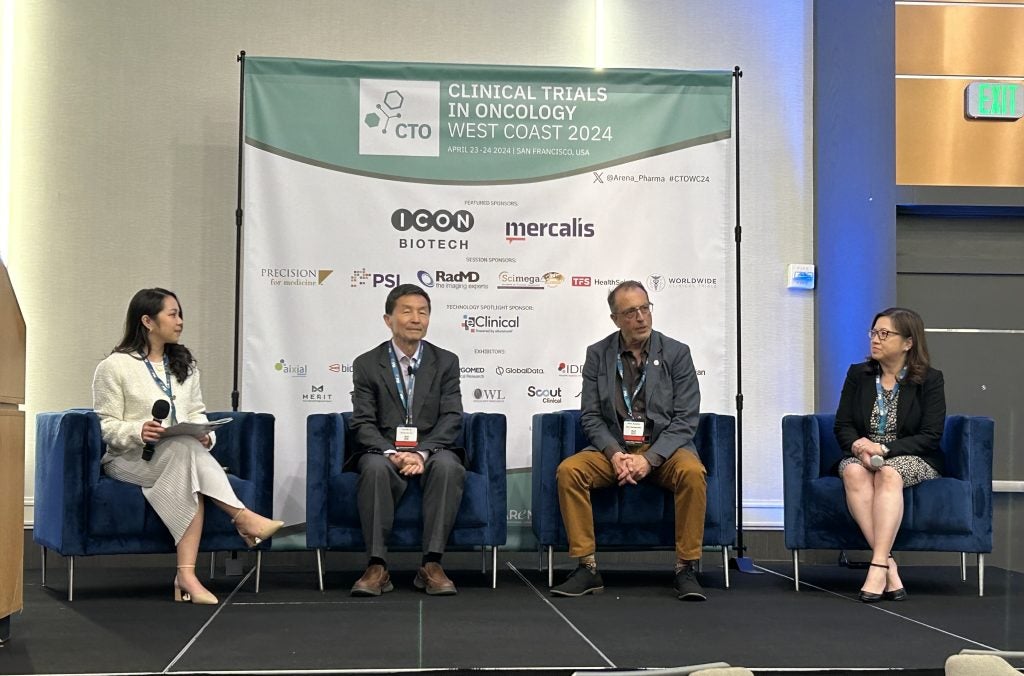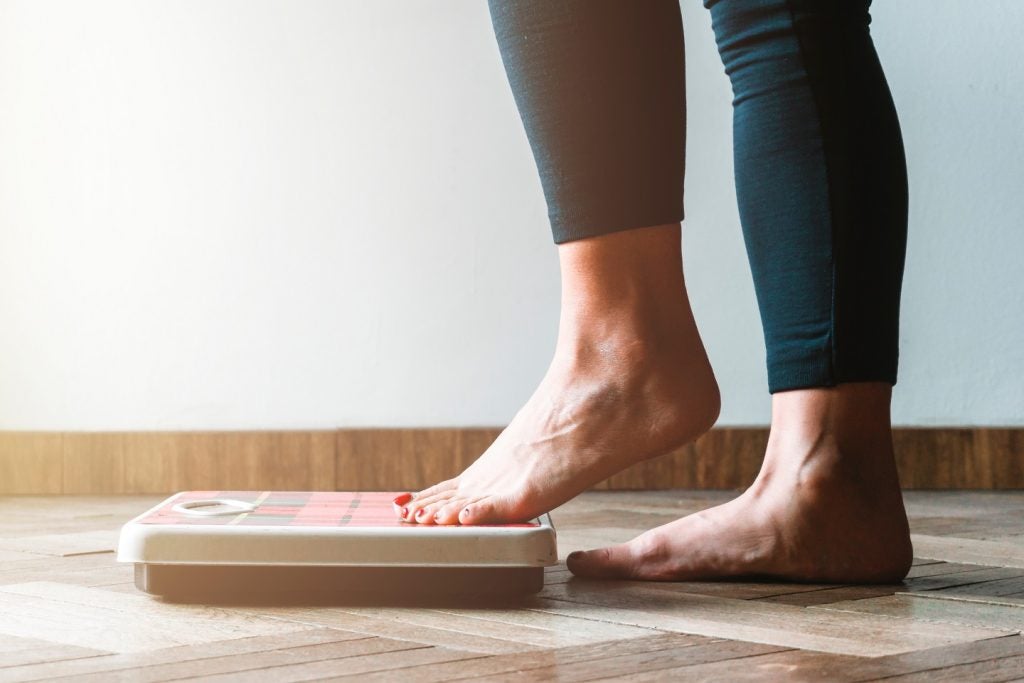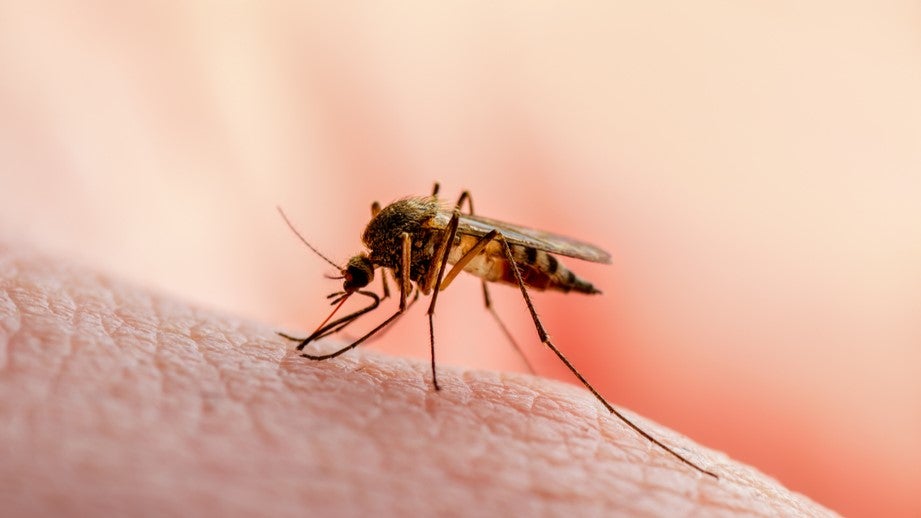Biopharmaceutical company Anacor Pharmaceuticals has reported positive preliminary results from the first of two Phase III trials of topical anti-fungal tavaborole, designed to treat onychomycosis.
Tavaborole, a treatment for fungal infection of the nail and nail bed, demonstrated a high degree of statistical significance on all primary and secondary endpoints of the study.
Anacor chief executive officer David Perry said in the first Phase II trial tavaborole met all the parameters in the Special Protocol Assessment with the FDA, with a high degree of statistical significance.
“With its high rates of ‘completely clear’ or ‘almost clear’ nails, high negative culture rates, demonstrated safety and ease of use, we believe tavaborole could offer significant advantages over currently approved treatments for onychomycosis,” Perry said.
A total of 594 patients with distal subungual onychomycosis were enrolled in the study, conducted in the US and Mexico.
Participants were randomised on a two-to-one basis to receive tavaborole or vehicle.
How well do you really know your competitors?
Access the most comprehensive Company Profiles on the market, powered by GlobalData. Save hours of research. Gain competitive edge.

Thank you!
Your download email will arrive shortly
Not ready to buy yet? Download a free sample
We are confident about the unique quality of our Company Profiles. However, we want you to make the most beneficial decision for your business, so we offer a free sample that you can download by submitting the below form
By GlobalDataAt week 52, 6.5% of patients treated with tavaborole met the primary endpoint of complete cure, which requires both a mycological cure and a completely clear nail, compared to 0.5% of patients treated with vehicle.
Among the secondary endpoints, 26.1% of tavaborole-treated patients achieved a completely clear or almost clear nail, compared to 9.3% in the vehicle-treated arm, while 31.1% of tavaborole-treated patients achieved mycological cure, compared to 7.2% in the vehicle-treated arm at week 52.
In addition, 15.3% of tavaborole-treated patients achieved a completely clear or almost clear nail with mycological cure, compared to 1.5% in the vehicle-treated arm at week 52.
Tavaborole was well-tolerated in the study and reported no serious adverse events.







